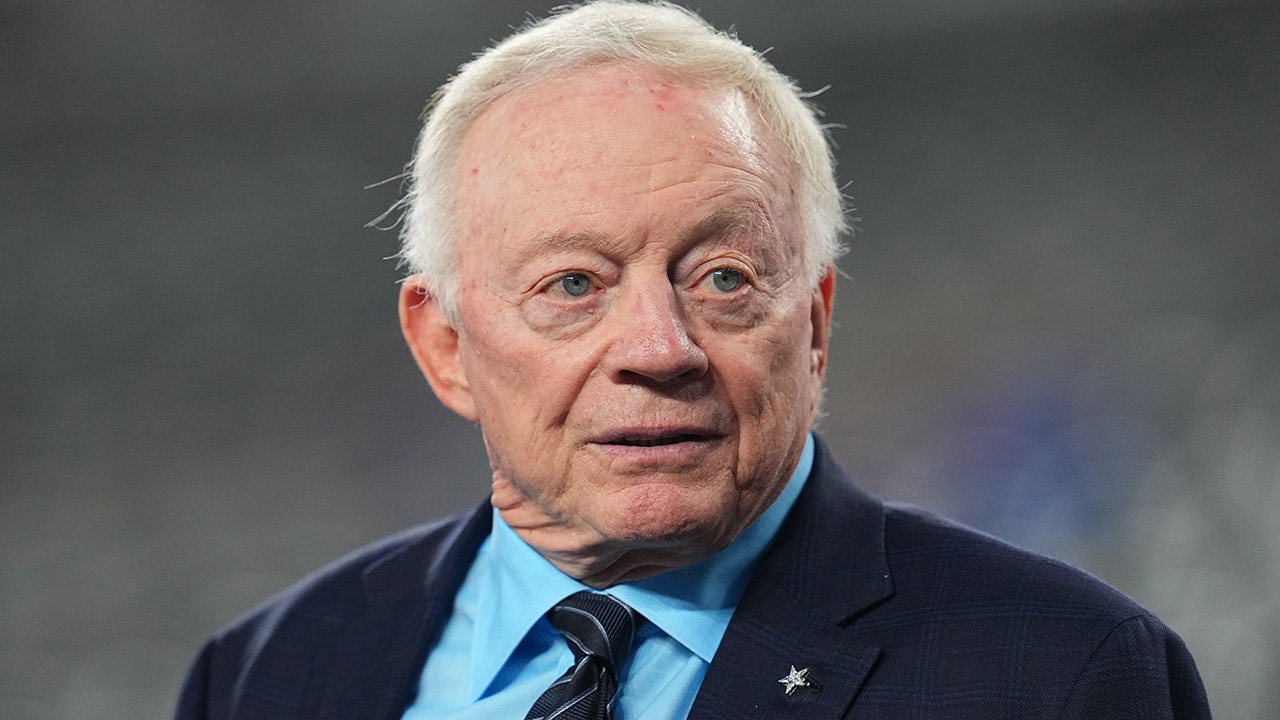But that scenario bears no resemblance to the central bank’s slow exploration of digital currency. The Fed is already under harsh scrutiny for its supervision of the banking system and its handling of inflation, two issues that pose major threats to the U.S. economy. And now it appears that the Fed’s technical work on payments systems could become a bizarre talking point in the run-up to 2024.
“When I look at other countries around the world, this is not a political issue,” said Joshua Lipsky, senior director of the GeoEconomics Center at the Atlantic Council, a think tank focused on international affairs. “It’s an issue that legislators look at. There’s debate around it. But only in America … has this become a divisive political issue.”
The Fed started looking at a digital currency in 2017, and so far, it hasn’t made moves toward formally issuing one.
The central bank is no stranger to political attacks. In the past month alone, the Fed has faced harsh criticism over the failures of Silicon Valley Bank and Signature Bank, which sent panic through the financial system and triggered an emergency government intervention. The entire episode is being investigated by the Fed and government watchdogs, and Congress is likely to take up its own probe.
Over the past two years, lawmakers have also lambasted the Fed for its inflation fight, alleging both that it didn’t move fast enough to raise interest rates and that it was disregarding the possible consequences of those rate hikes. The Fed also took heat from both sides of the aisle over trading and investment scandals. And Republicans have slammed the Fed and some of its regional banks for devoting attention to climate change and economic inequality, which GOP lawmakers say aren’t part of the institution’s mandate.
But Fed watchers were surprised to see the bank come under scrutiny for an arcane payments issue. In addition to his remarks this month, DeSantis has introduced legislation in Florida to ban the use of a Fed digital currency. In an email, DeSantis press secretary Bryan Griffin warned that China’s plans for a digital currency were an attempt to wield power over citizens there and said that in the United States, “Governor DeSantis is heading off any attempt to control people’s behavior through centralized currency.”
Yet the Fed has made no final decision on whether it will pursue its own digital currency, or whether such a plan would even be in the public interest. For years, Fed officials have said they would need clear support from Congress and the White House to move forward, likely in the form of an authorizing law.
In congressional hearings and other public speeches, Fed Chair Jerome H. Powell routinely says that the priority isn’t for the United States to be first, or even at the top of the pack, among countries experimenting with the idea. Around the world, 11 countries have launched digital currencies, according to an Atlantic Council tracker. Eighteen are in pilot phases, and 32, including the United States, are in development stages.
Rather, the goal would be to get the approach right and only move forward with sufficient backing from elected officials and the public. Testifying before the House Financial Services Committee in March, Powell said a central bank digital currency is “something we would certainly need congressional approval for.”
If the Fed were to make its own digital currency, it would essentially be electronic cash backed by the central bank and would not replace other forms of money outright. In January 2022, the Fed released a much-anticipated report looking at possible pros and cons: On one hand, the technology could help payments clear faster between countries and promote financial inclusion. But it would also raise thorny policy questions about the fundamental structure of the U.S. financial system and consumer privacy.
The report took no final stance.
“We think it is important that any potential [central bank digital currency] could serve as a complement to, and not a replacement of, cash and current private-sector digital forms of the dollar, such as deposits at commercial banks,” Powell said in a statement at the time. “The design of a CBDC would raise important monetary policy, financial stability, consumer protection, legal, and privacy considerations.”
DeSantis’s comments echoed similar recent remarks from Robert F. Kennedy Jr., a lawyer and anti-vaccine activist who has filed paperwork to run in 2024 as a Democrat. In a tweet last week, Kennedy wrote that bank digital currencies “grease the slippery slope to financial slavery and political tyranny.” He added that the tool would mean the “central bank will have the power to enforce dollar limits on our transactions restricting where you can send money, where you can spend it, and when money expires.”
Kennedy also appeared to conflate the Fed’s work on digital currencies with FedNow, an instant payments service that helps banks and credit unions transfer funds more efficiently.
“The Fed’s declaration that the FedNow platform is not a CBDC is an important reassurance,” Kennedy later said in a statement to The Washington Post. “But the public would also benefit if the Fed makes clear that it will protect the rights and freedoms of Americans to transact privately. This is an opportunity to restore trust in the institution.”
A Fed spokesperson clarified that FedNow is not connected to the Fed’s exploration of a possible digital currency. FedNow is also not a form of currency and is not intended to eliminate other forms of payment, like cash. The service will launch in July.
On Friday, the Fed published a rundown of the two programs. It made no mention of any political figures.














































